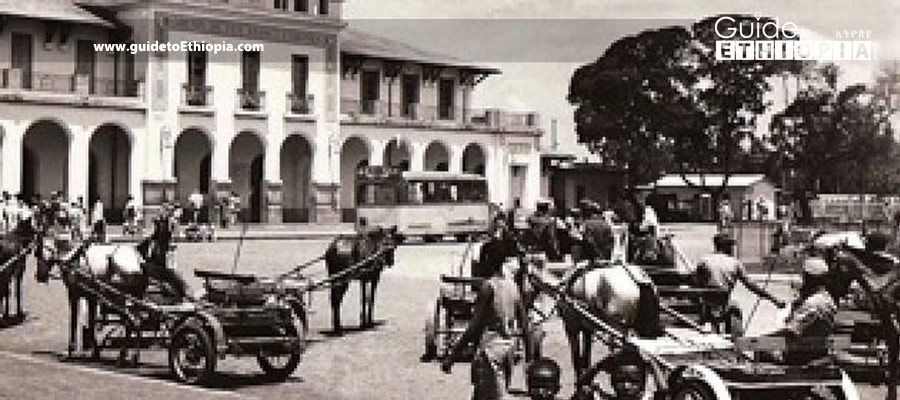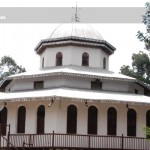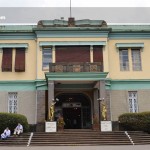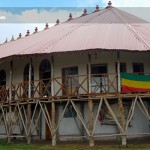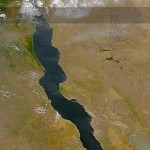The establishment of Addis Abeba first came about when Emperor Menelik II moved his army encampment to the undulating hills of the Entoto Mountains in the late 19th century, some 127 years ago. The area was easy to defend and offered easy access to the rest of the country. The camp was initially wholly composed of tents until two churches, one in honor of the Holy Virgin and another dedicated to the Archangel Raguel eventually sprang up by 1887. These churches now serve as museums as well as being places of worship and hold manys relic from the period. The mountains of Entoto, though strategic, did not afford much comfort or any other advantages. The terrain made logistics a nightmare and wood, water and food were scarce.
The climb was exhausting for many and some war chiefs made camp a little lower from the main army where there were less frequent thunder storms. It was after the end of the rainy season in 1886 that Menelik and Empress Taitu, accompanied by their court made their way south to the hot springs of “Fil-Wiha” (hot water in Amharic), a natural spring which is still used as a wellness and bathing complex to this day. After being enchanted with the beauty of the landscape and the relative luxury that the area afforded compared to the bleak and storm-frequented mountains, Taitu asked the emperor to grant her some land there on which to build and shortly after an impressive dwelling was erected for the empress. She decided to name the area Addis Abeba (new flower in Amharic) since she greatly admired the flowering Mimosa trees that covered the land. In 1887, Taitu left Entoto to settle in her new abode followed by chiefs and members of royalty who settled around her new house and it was from these humble beginnings that the city blossomed.
Addis has certainly come a long way from its modest, challenging beginnings. The rugged terrain was not easy to build roads or settlements on and the rainy season made travel within the city near impossible not to mention a chronic shortage of firewood that occurred thanks to land clearance for building and farming. A frustrated Menelik even considered moving the capital to Addis Alem in 1900 where he started to build a new palace but later abandoned it at the insistence of Taitu and western diplomats who had already begun to establish their embassies at the new capital and were not keen on packing up and moving on the Emperor’s every whim. This would-be palace was then converted into a church and stands today only an hour’s drive from Addis.

